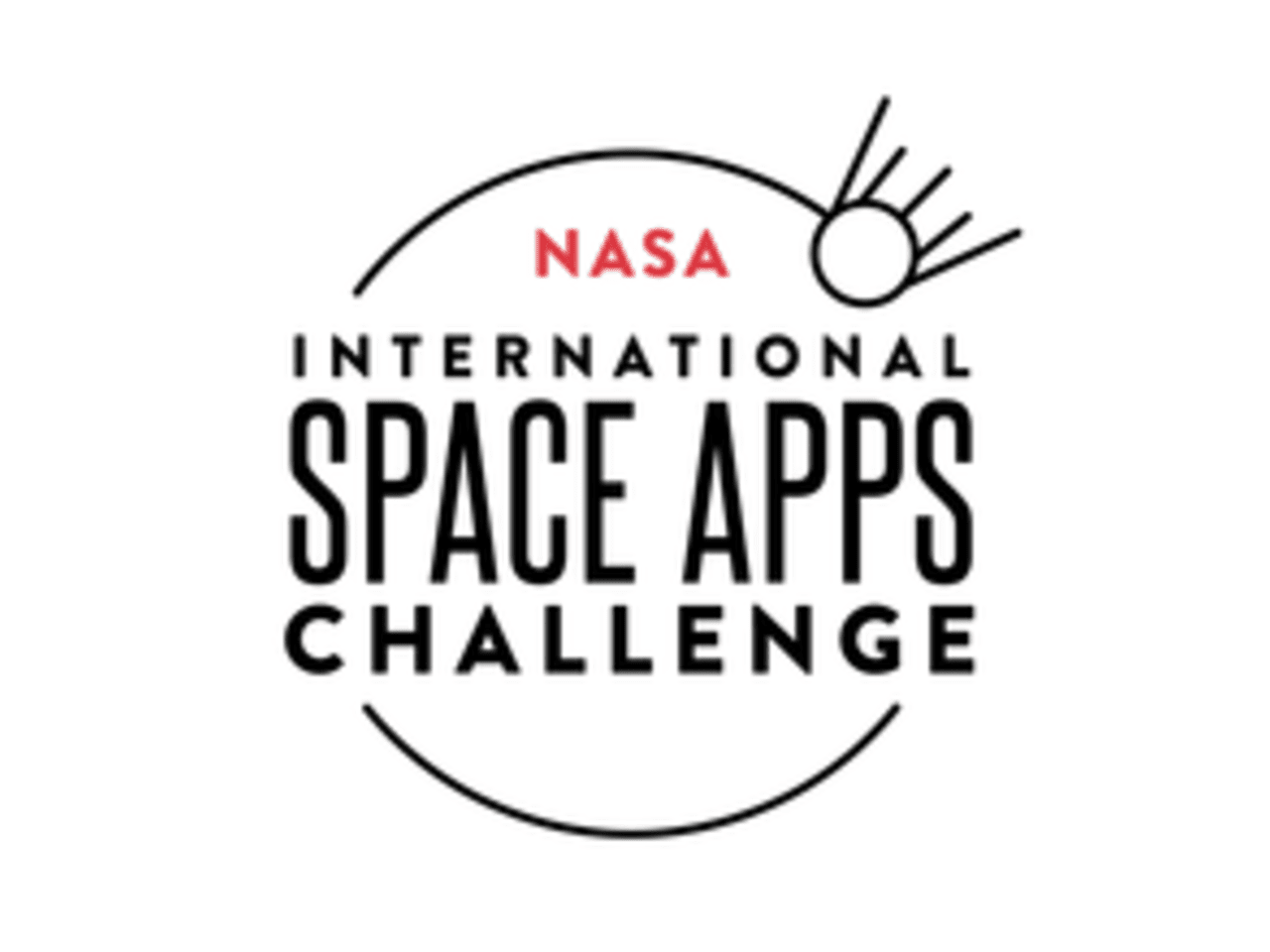Everything You Need to Know About the NASA Space Apps Challenge
If you’re interested in space exploration and research, then we recommend you consider registering for the NASA Space Apps Challenge. Space Apps is a fun and competitive hackathon-style event that tests your problem-solving and critical-thinking skills and focuses on innovation, creativity, and teamwork. An international event like this is a great event to test your skills against your peers — winning it would add immense value to your college profile and even ensure that NASA notices you!
What is the NASA Space Apps Challenge all about?
First held in 2012, the NASA Space Apps Challenge is an annual hackathon-style competition that takes place around the world. Challenges cover space science, technology, and arts and humanities. Anyone can participate: people of all ages, backgrounds, and skill levels can apply! NASA scientists and experts design challenges that include software development, astrophysics, design, storytelling, and more. Participants tackle challenges using data available from NASA’s Open Data Portal, which holds publicly available code, datasets, and APIs.
NASA Local Leads help host the Space Apps Challenge in different locations. They help recruit participants, plan and coordinate the event, conduct outreach, and find local judges.
Is the Space Apps Challenge prestigious?
The NASA Space Apps Challenge is highly prestigious and competitive. It is the largest annual hackathon in the world and has seen participation from 185+ countries in its 12-year history. The program sees 50,000+ participants and over 5,000 teams annually and selects 10 global winners, making it highly competitive.
Who is eligible to participate?
The Space Apps Challenge has no age criteria, though a parent/guardian must register participants under 18. You can register either individually or as a team.
You do not need a STEM background to participate since challenges can be creative and even test your artistic skills and business acumen. NASA says that teams with diverse skill sets often perform well.
What are the costs involved?
The Space Apps Challenge is free and open to all. There are no registration costs.
How can I register for the Space Apps Challenge?
To register, you must create an account on the Space Apps website. Registrations for the event will open in July. Once you create an account, you can participate in either a Local Event or Universal Event.
What is the event timeline like?
Registrations for the Space Apps Challenge open in July. By August, NASA will publish the Challenge Statements for this year’s event that you or your team must complete.
You should use September to work on your chosen challenge and find an optimal solution. Challenges for the previous edition included creating an app that lets geologists use NASA’s earth observation data to do research, shooting a video that demonstrated how the Artemis II launch affects your community, and using NASA’s imaging spectrometer data to map biodiversity hotspots.
The event takes place on October 5-6. You must submit your individual/team project on these dates. During the event days, NASA experts, industry leaders, and other professionals will be available to help you navigate NASA data and answer any questions you may have.
Submissions will be judged through October-December, and NASA will announce the winners in January. Traditionally, NASA invites the top 10 winners to visit its facilities in the U.S.
NASA’s prize categories include local impact, global connection, best mission concept, galactic impact, best use of science, art & technology, best use of technology, most inspirational, best use of data, and best use of storytelling. You can see the winning projects here.
Here are some pros and cons of taking part in the NASA Space Apps Challenge
Pros:
1. You participate in a prestigious and highly competitive event
The Space Apps Challenge, hosted by NASA, is a global event that sees over 50,000 participants annually and is highly prestigious. With more than 5,000 teams participating and only 10 winners, the win percentage is only 0.2%.
2. You can use NASA data to solve challenges
One of the missions of Space Apps is to spread awareness of NASA's open-source data and make it more accessible to learners and researchers. As a participant, you can use large datasets like earth observation data, synthetic aperture radar data, data from the Deep Space Climate Observatory, and spectrometer data to solve your challenges.
3. You are advised by NASA scientists and other industry leaders
NASA personnel are available to answer any questions you may have during competition days. Additionally, Space Apps collaborates with national space agencies like ISRO (India), the Australian Space Agency, AEB (Brazil), and more; their representatives are also there to help you out!
4. You can participate even if you don’t have a STEM background
Beyond STEM, challenges also include storytelling and design, testing your creativity, which opens the competition to participants from a non-STEM field. Prize categories include Best Storytelling, Most Inspirational, Local Impact, and Global Connection, which require good knowledge in both STEM and humanities.
Cons:
1. It might be hard to stand out
Even if your individual or group output is of a high level, the highly competitive nature of Space Apps (only 0.2% receive prizes) can make it hard for your work to get recognized. That being said, it is still worth it to register for Space Apps if you are interested — it’s a unique competition and you will gain a lot from the experience!
2. Opponent teams could be significantly more experienced than you
Space Apps does not have any age restrictions, which means competing teams could be made up of college students or even working professionals who would have more knowledge of the subject matter.
If you are interested in participating in the Space Apps Challenge, here are five tips to ace the competition
1. Be proactive and start working on the challenges early
NASA will publish its challenges in July-August. Ideally, you should have your team organized to begin brainstorming as early as possible to be ready for the competition days in October.
2. Practice, practice, and practice
You should refer to previous years’ challenges to familiarize yourself with the kind of questions that can be asked. NASA also offers a virtual hackathon bootcamp to familiarize yourself with the competition.
3. Learn how NASA’s Open Data Portal works
You need to know how to navigate the many datasets available to find what you are looking for. NASA has a presentation guide here to guide you through this process.
4. Assemble a diverse team
NASA values both STEM and humanities in this competition — make sure your team includes people with great storytelling and design capabilities to give yourselves a better shot at winning.
5. Make the most of expert advice
NASA scientists and even personnel from your national space agency will be available during the competition days to guide you and help you solve problems that may arise. Make the most of their knowledge to gain an upper hand in the competition!
If you’re looking to build unique projects in the field of AI/ML, consider applying to Veritas AI!
Veritas AI was founded by Harvard graduate students, and through the programs, you get a chance to learn the fundamentals of AI and computer science while collaborating on real-world projects. You can also work 1-1 with mentors from universities like Harvard, Stanford, MIT, and more to create unique, personalized projects. In the past year, we had over 1000 students learn data science and AI with us. You can apply here!
Image Source - Nasa Space Apps Challenge Logo

